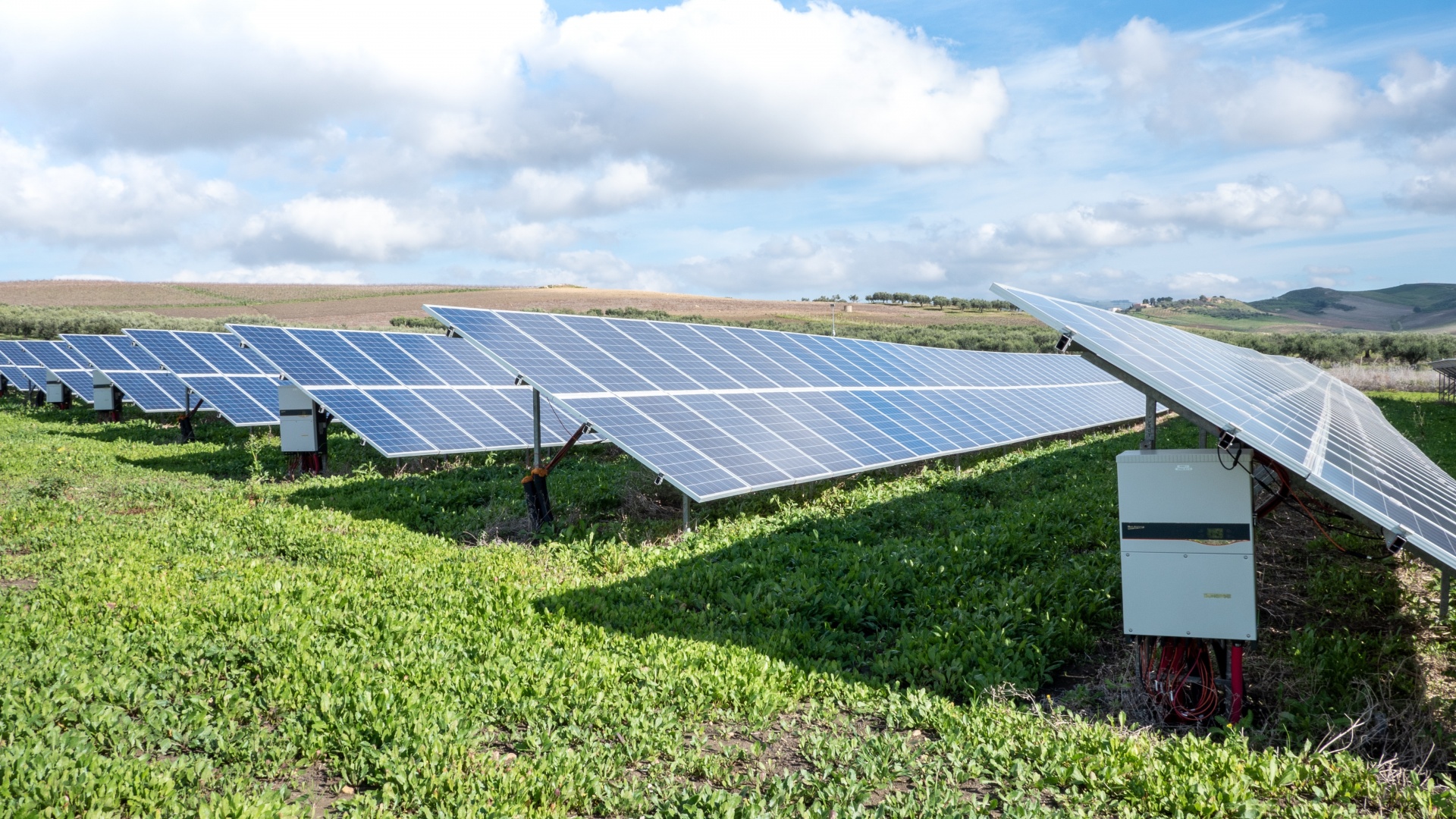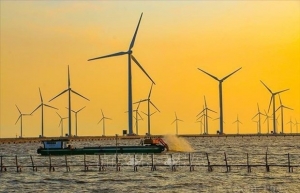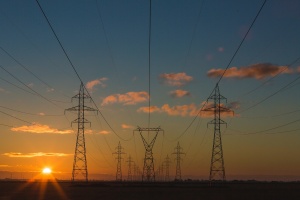Vietnam fuels renewable energy shift
 |
In a strategic stride, Ministry of Industry and Trade (MoIT) has introduced a proposal to establish direct electricity trading pathways, sidestepping the conventional route involving Vietnam Electricity Group (EVN), the nation's key power entity.
The novel framework comprises two distinct avenues. Customers can opt to acquire electricity through private lines invested in by private enterprises, or they can engage directly with the national grid system, facilitating a direct connection between power generators and consumers.
The MoIT's visionary initiative has been laid out for Prime Minister Pham Minh Chinh, outlining a progressive blueprint for the creation of streamlined electricity trading mechanisms between renewable energy producers and major power consumers. One scenario even explores the potential of private lines operating independently of EVN, as reported by Vietnamnet.
In its comprehensive report, the MoIT sketches out two possibilities for direct electricity transactions, focusing on renewable energy generators and large industrial consumers.
The initial proposal envisions customers engaging in electricity transactions via privately funded power lines. This arrangement offers greater flexibility, unshackling power generators and sizeable consumers from the limitations concerning capacity, output, voltage connection, and usage intent.
Under this framework, power generation entities take up the mantle of investing in and executing power projects in line with the nation's strategic electricity development plan. This includes adherence to regulations governing the acquisition of electricity operation licences.
A key tenet of this approach mandates that both power generators and customers comply with electricity purchase and sale regulations, inclusive of pricing parameters. For larger power consumers, the retail electricity price conforms to the guidelines stipulated in Decision 1062, dated May 4.
The second scenario introduces an alternative route wherein customers can partake in electricity trading through the national grid system. However, this avenue retains an intermediary layer in the form of EVN, maintaining a structured transactional process.
Under this mechanism, specific conditions come into play for both buyers and sellers. Power generation units overseeing wind or solar power plants must be seamlessly integrated into the national power grid and boast an installed capacity surpassing 10MW.
Large-scale power consumers, encompassing both entities and individuals procuring electricity for industrial use at 22 kilovolts and above, form the focal point of this approach.
Pending the enforcement of the upcoming Law on Price and its corresponding fee guidelines, the onus lies with the electricity retail unit to ensure the seamless distribution and supply of electricity. This falls under the purview of Decision 24 by the prime minister, which outlines the mechanism for adjusting average retail electricity prices, and Decision 28, which structures retail electricity tariffs.
 | Clear policies, legal regulations needed for renewable energy development: Experts Relevant authorities need to have preferential policies regarding prices and tax rates, and those providing support for investors in accessing loans for renewable energy projects, said insiders. |
 | Decades-long delays trigger power supply shortages Northern Vietnam is grappling with a severe energy deficit brought about by several delayed power projects, according to Nguyen Anh Tuan, a representative from the Vietnam Energy Association. |
What the stars mean:
★ Poor ★ ★ Promising ★★★ Good ★★★★ Very good ★★★★★ Exceptional
Related Contents
Latest News
More News
- PM orders investment model for North–South high-speed rail (December 22, 2025 | 17:43)
- First members of Danang International Finance Centre revealed (December 22, 2025 | 17:39)
- Securing capital and efficiency for Vietnam’s 2026-2030 growth ambitions (December 17, 2025 | 10:00)
- Driving double-digit growth through green and circular transformation in Vietnam (December 17, 2025 | 09:00)
- Vietnam bucking trend in the global M&A landscape (December 16, 2025 | 14:20)
- Vietnam’s green transition demands collective financial action (December 15, 2025 | 12:00)
- VIR workshop highlights capital and policy for sustainable development (December 15, 2025 | 11:00)
- National Assembly approves pilot mechanisms to accelerate major projects in Hanoi (December 12, 2025 | 11:29)
- Vietnam eases policy approval requirements, simplifies foreign and outbound investments (December 11, 2025 | 17:53)
- Unpacking new momentum in Vietnam’s M&A market (December 10, 2025 | 09:59)

 Tag:
Tag:





















 Mobile Version
Mobile Version